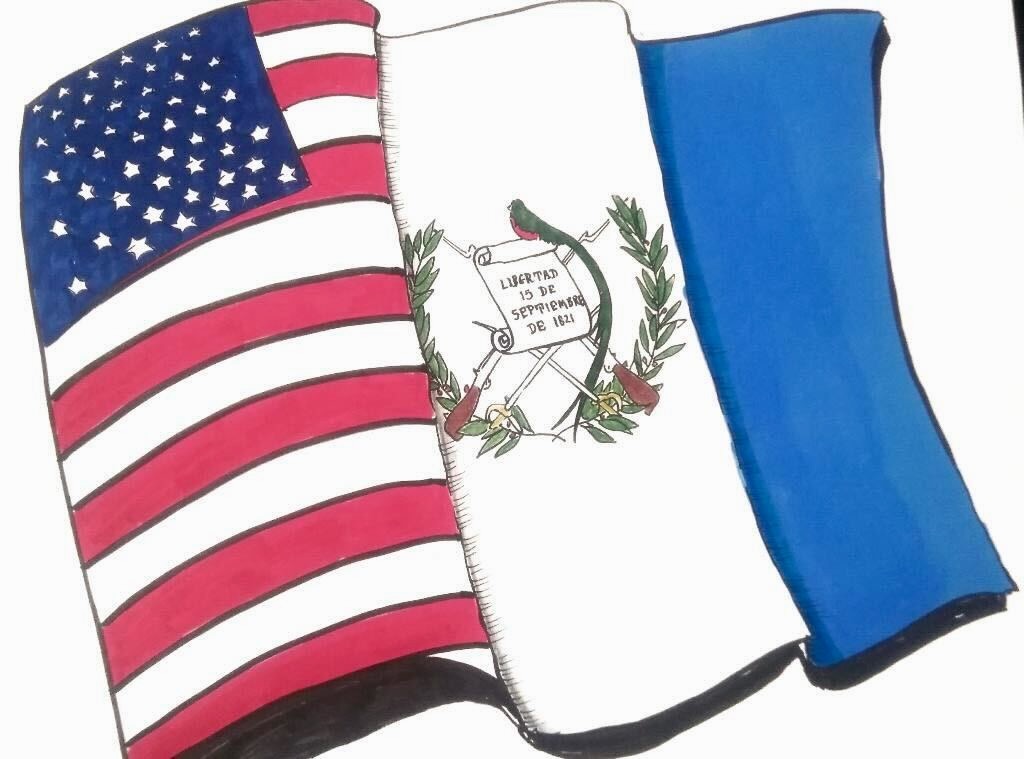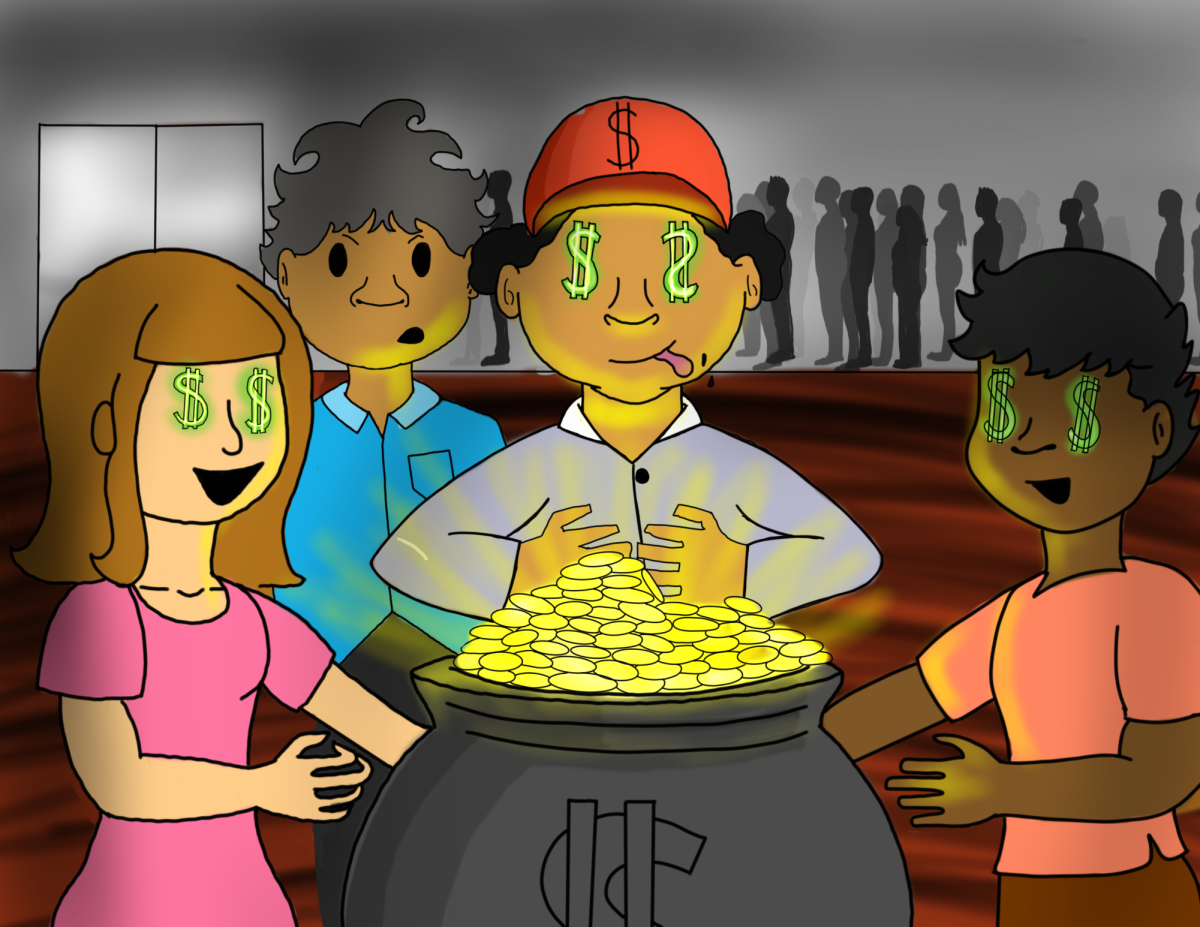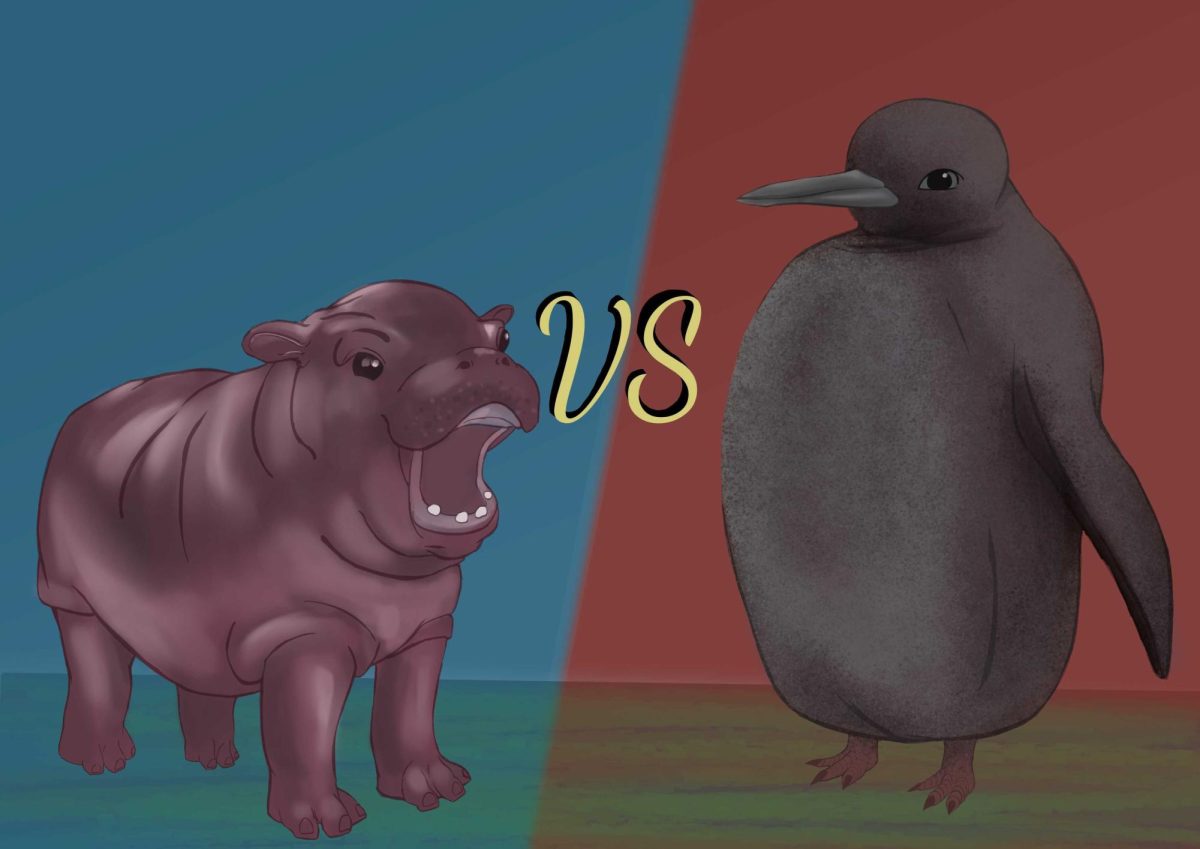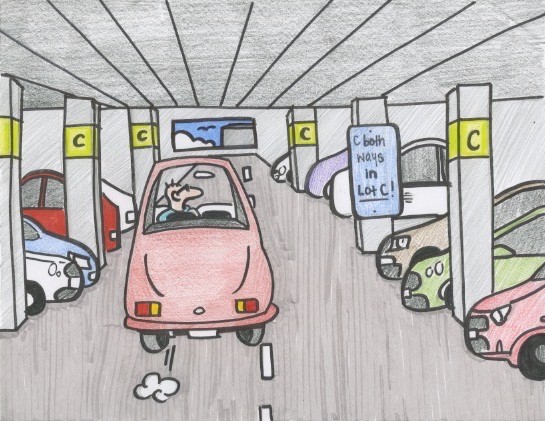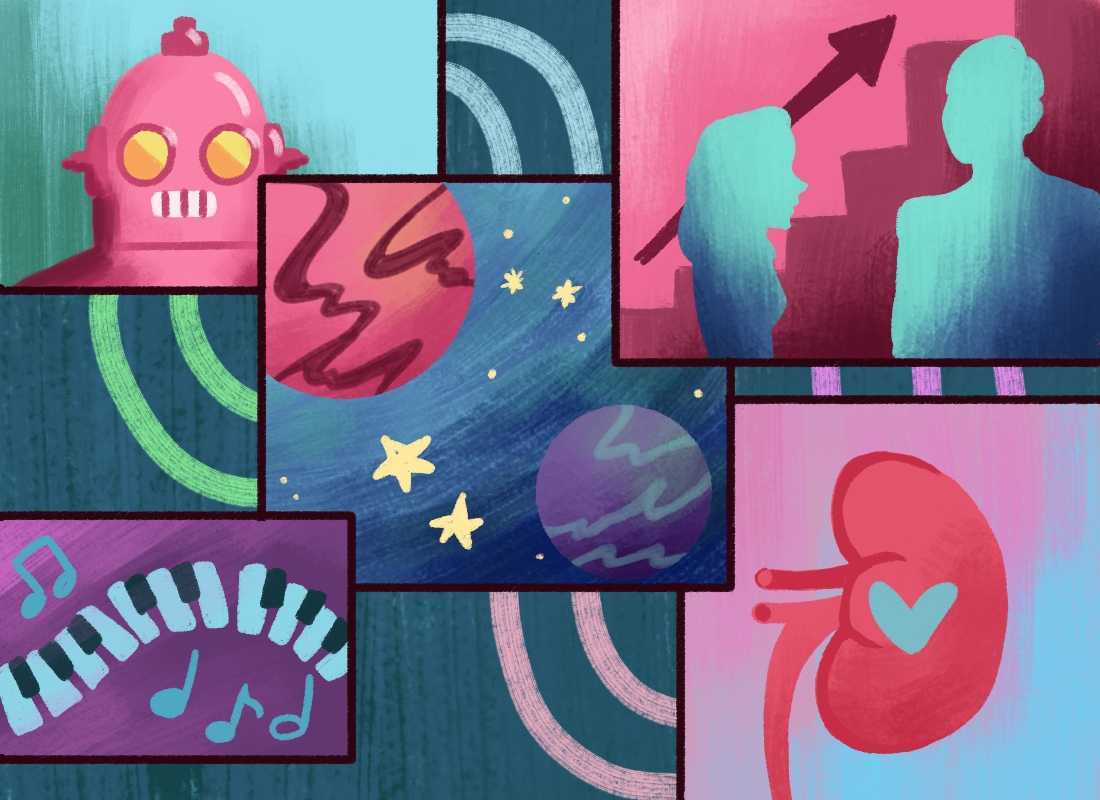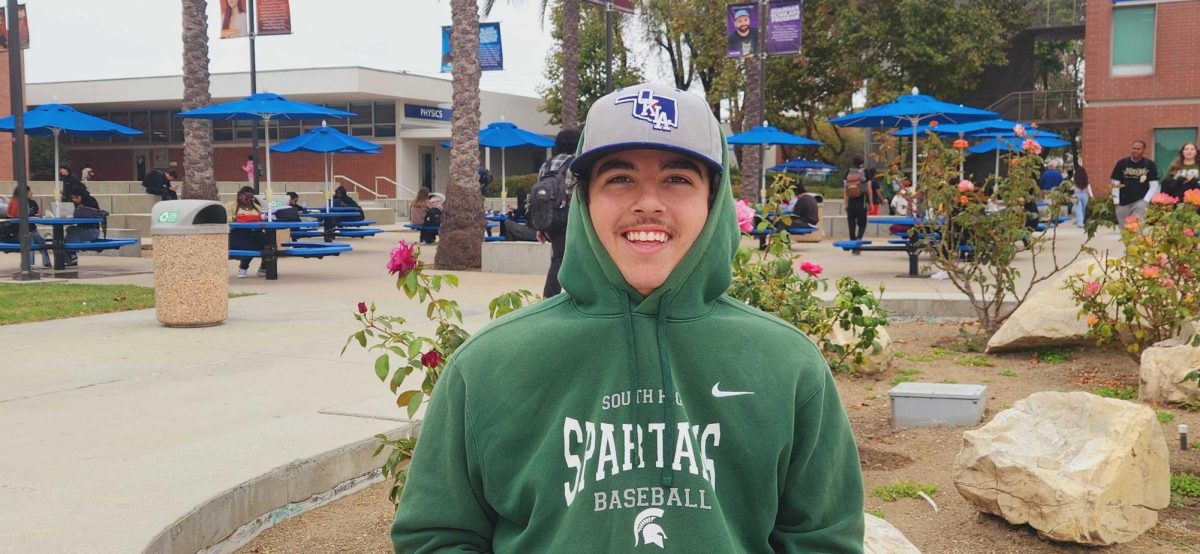I’m not all that I appear to be.
Many people who meet me for the first time are confused when they first hear my last name and then look at me.
Ramirez is my last name, yet I look like a white person.
This leads many people to wonder how can a white guy possibly have a Spanish last name.
One assumption some have is that my family is from Spain. I think some people just assume my ancestry is European because they see me and think I couldn’t possibly be bi-racial.
Because of this, a struggle I deal with in having two cultures is the internal clash I feel between identifying as white or Hispanic.
My mother is a white American and my father is from Guatemala. I adapted more of my mother’s features and complexion.
As I grew up I embraced both sides of my parents by getting a taste of my mother’s family lifestyle and of my father’s culture, but it wasn’t always easy.
Some of my mother’s family identify as politically conservative and have negative views toward Hispanic immigrants, even though my dad was a refugee from Guatemala who arrived in the United States in the 1970s.
After my parents divorced, my father Julio, left the United States in 2003. From the age of 11 I was raised primarily by my mother’s family.
For the rest of my childhood and teenage years I had an American upbringing, celebrating holidays such as Thanksgiving and the Fourth of July.
My mother’s side of the family knew little about Guatemala.
Wanting to learn more about a significant part of me I ended up reconnecting with my father’s side of the family on my own when I grew older. This helped me feel closer to the other half of my culture.
However as I began to learn more about my two cultures I learned about the negative legacy the United States had left in parts of Latin America, in particular Guatemala.
In 1954 the U.S. government helped carry out a military coup in Guatemala, which created decades of brutal military dictatorships, a 36-year civil war and the cause of thousands of refugees, according to the Migration Policy Institute.
Being half-American, I get angry witnessing the negative actions the United States has taken against Latin America and continues to do.
Seeing how the other half of my family in Guatemala has been so negatively impacted brings me shame and it took some self work to help reconcile those feelings.
Another way I connect to my Hispanic heritage is through language. I am bi-lingual as I speak Spanish, which surprises many when they first meet me.
Because of my bi-racial identity and my appearance I find my interactions with Hispanic people to be odd and complicated at times. My attempts at speaking to people in Spanish would sometimes be met with raised eyebrows whether it was at a job, restaurants or daily errands.
People often assume I speak only English and must be joking about my dad coming from Central America.
As I grew older I became more aware and better at correcting this common false assumption. I found as I embraced myself other Hispanics began to embrace me as one of them.
As I get older I continue to find ways to celebrate and embrace my Hispanic heritage. I take time each year to learn more about Guatemala’s past and present.
Expanding my tastes is another way I learn more about my culture, I like cooking culturally authentic Guatemalan recipes and other times I will go to restaurants that serve different kinds of Hispanic American cooking.
In the 21st century, there is more familiarity with bi-racial people, resulting in a higher amount of mixed people in the United States. This includes people who are half-Hispanic, half-white, half-African American, half-Middle Eastern, and others.
According to the El Camino College Office of Institutional Research and Planning records of student enrollment for 2021-2022 indicate 50.4% of students were Latino, which Hispanics are a part of and is a high percentage whether this is full or bi-racial Hispanic students.
The Latin American community itself is known to have more racial diversity including people of African and Asian descent.
As I get older and grow more confident in who I am I hope more people are able to embrace and accept all parts of themselves, no matter who they are.
Editor’s Note: Illustration was added on Nov. 16 at 9:28 a.m.



